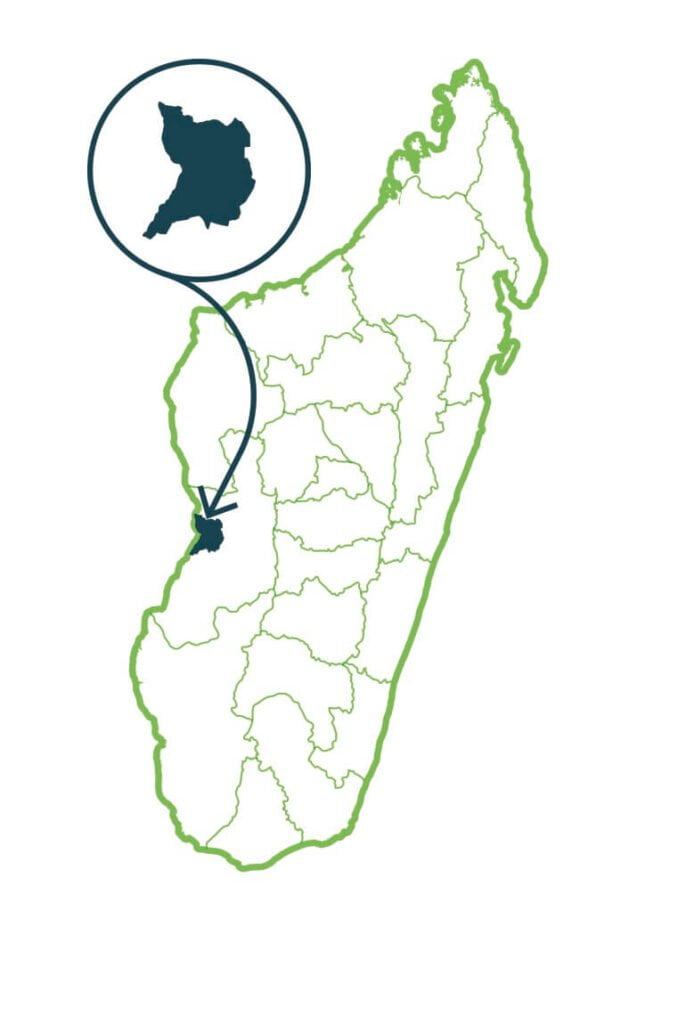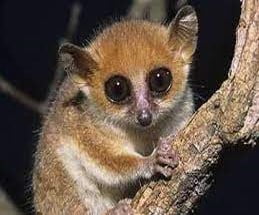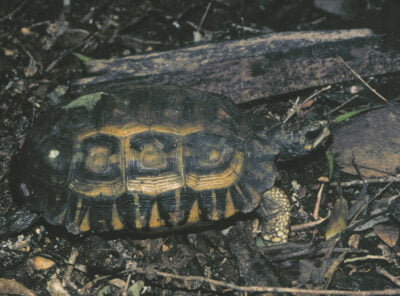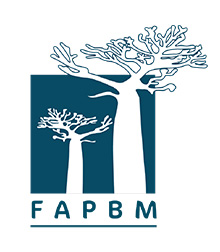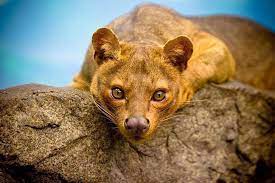Flagship Species
Menabe Antimena is constituted by an exceptional biological diversity. It is characterized by large contiguous blocks of natural habitats such as dense dry forests, Lake Kimanaomby, Lake Bedo and mangroves with a center of micro endemism. The dense dry forests are home to many endemic species such as Hazomalany, rosewood and baobabs. They also constitute the main habitat of the flagship species of the Menabe Antimena including the giant jumping rat, the flat-tailed turtle, the smallest primate in the world (Madame Berthe’s mouse lemur), the mongoose with fine stripes and the fosa. The lakes are home to many species of birds.
